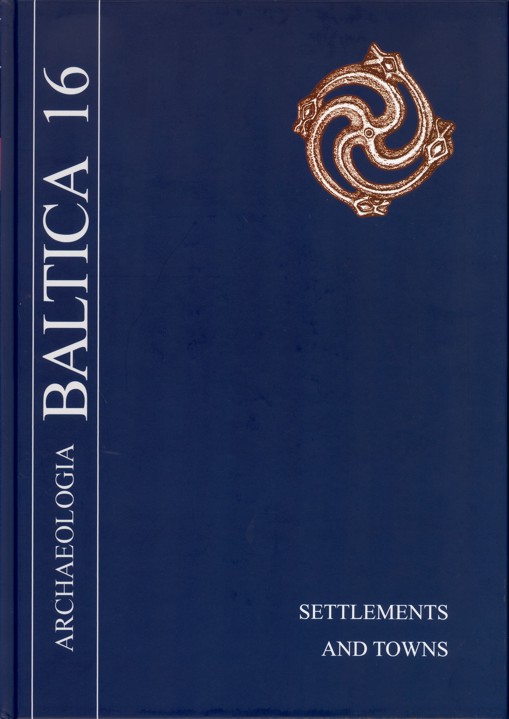Volume 16 (2011): Settlements and Towns, September 2012

Order by:
Pub. online: 20 Sep 2012
Type: Introduction
 Open Access
Open Access
Pub. online: 20 Sep 2012
Type: Article
 Open Access
Open Access
Pub. online: 20 Sep 2012
Type: Article
 Open Access
Open Access
Abstract
Pub. online: 20 Sep 2012
Type: Article
 Open Access
Open Access
Abstract
Pub. online: 20 Sep 2012
Type: Article
 Open Access
Open Access
Abstract
Pub. online: 20 Sep 2012
Type: Article
 Open Access
Open Access
Abstract
Pub. online: 20 Sep 2012
Type: Article
 Open Access
Open Access
Abstract
Pub. online: 20 Sep 2012
Type: Article
 Open Access
Open Access
Abstract
Pub. online: 20 Sep 2012
Type: Article
 Open Access
Open Access
Abstract
Pub. online: 20 Sep 2012
Type: Article
 Open Access
Open Access
Abstract